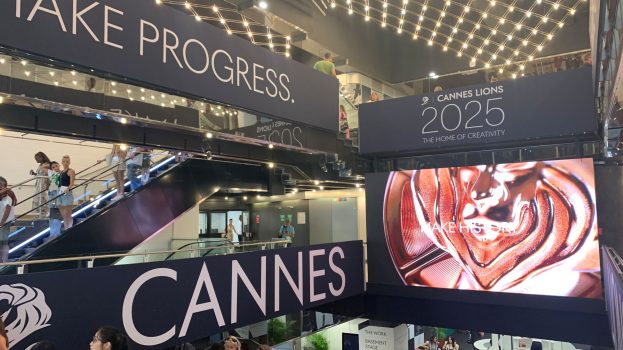By Ishan Ghosh
For those of us (and I assume it’s all of us) confined to our screens, it’s difficult to avoid stumbling upon COVID-19 related messaging. Most marketers recognize the sensitivity of the times and are conscious about appropriate messaging and tone, helping customers feel reassured that they will get through this crisis, together.
But this article is not about guiding your message; it is about ensuring your message is getting to those who need it most. It is about reach, relevance and resonance. During this time, when finite targeting is available, could we, as marketers, have excluded an important audience segment from our communications? An audience that is probably doubly vulnerable and who would likely benefit most from the outreach being offered.
The audience being referred to here are the visible and cultural minorities, 20% of those who were not born in Canada and almost 1.5 million who have been in Canada for less than five years and are still finding their way around the social system and being accepted into new communities.
Why are they more vulnerable? Because many come from “high-touch communities.” They are culturally conditioned to prefer social and familial contact. There is cultural resistance to COVID-critical concepts such as social distancing, quarantine and isolation. Households in Asian countries are usually “joint family” systems and multigenerational. Due to high population densities in their home countries, neighbourhoods are also highly congested. It is why communities become “families.”
These behaviours change very little when they arrive in Canada, which explains the ethnic clusters in our cities. Socializing within the community is the only means of maintaining their culture. There are high interdependencies within these ethnic communities. It is why brands focus on key influencers or decision makers in the “families.” Breaking their social norms to maintain physical distancing becomes all the more sensitive as it could be perceived as breaking their culture.
So how does a brand surmount these social barriers and continue engaging this audience? Remain honest: any sign of falseness or condescension would become immediately transparent. Educate: help these customers bring back a semblance of normalcy to their lives by showing them how their financial activities, for example, can easily be done online. Create a sense of community: a grocery store, for example, could demonstrate to how the online shopping experience can be a family participation experience that’s as enjoyable as when inside the store; Halal food brands could suggest new digital ways to celebrate Eid as a family and with friends by sharing Halal food receipes for Eid dinner on Instagram or Zoom.
In all these cases, language dependence, preference and the channels in which they get their information, entertainment and social connections become more critical – and the exclusion of those things means missing this audience completely. If we desert them now, we risk being distanced from them when things turn around.
So how can we close the inclusion gap? Here are three key questions to ask, for any marketer, before disseminating COVID-19 communications:
- Does your message recognize their unique circumstances and how your brand affects their lives within their unique cultures?
- Does the communication address the relevance your product or service has in the lives of this audience, that is different from the reasons gen pop would use your brand?
- Does the solution help them cope with the unique new situation they are in or bring them closer to the usual ways they would use your product or service?
- Is the message reaching them through the channels they are used to receiving messaging from?
As brands and marketers, we can ensure all audience segments don’t feel more stranded than they already are in these strangest of all times. It is imperative that messaging is both culture-sensitive and sensitive to the moment we are living in. Remember, what your brand does and says today, will determine its success in the future, when all this is done.
 Ishan Ghosh is the CEO and partner of multicultural agency Barrett & Welsh.
Ishan Ghosh is the CEO and partner of multicultural agency Barrett & Welsh.























